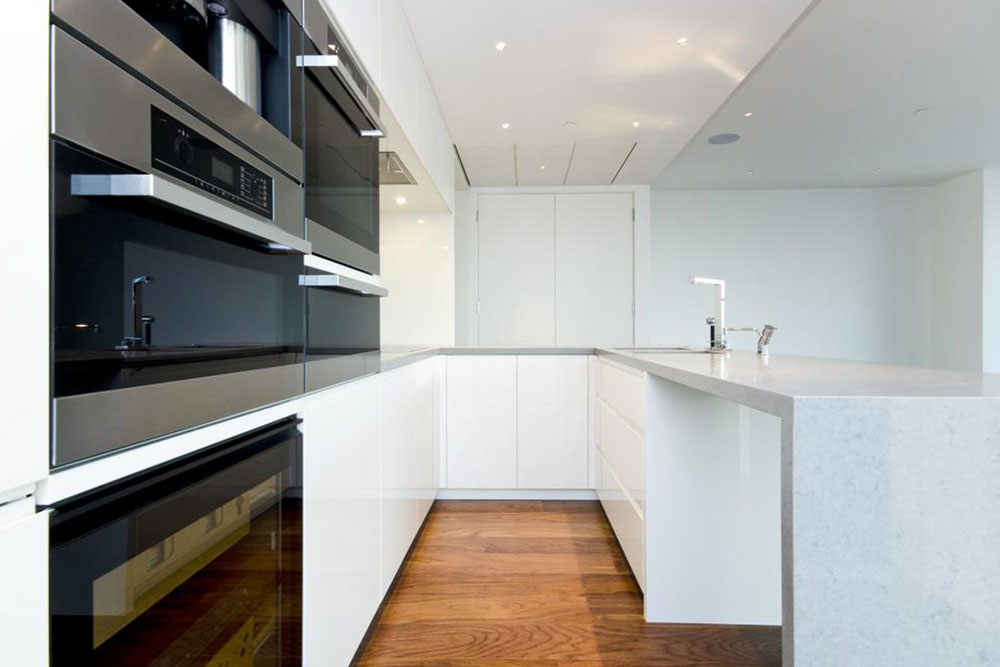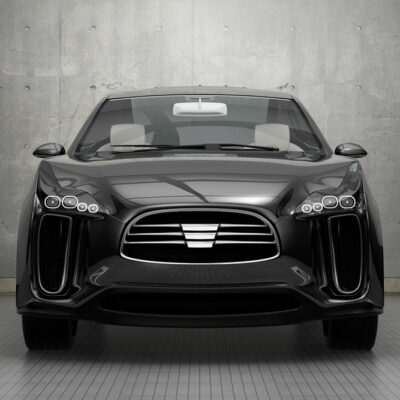
Popular Interior Design Styles
If you cannot generally decipher the various design forms around you then this article will help you to understand the various forms of interior design styles. Interior designs come in different formats – each having a different style, history, inspiration, finish, flavor, etc. Here are a few styles that you should know about:
1. Моdеrn interiors
Modern interior design includes a combination of composition, technology, and material which is efficient, transparent, and authentic. It was inspired by the modern art movement which preceded the modernist style that was born in the 20th century. This movement reinvented the relationship between aesthetics and space. Modernist interiors have clearly defined lines and use geometry, careful composition, and functional programming. There is an emphasis on functional and visual simplicity.
2. Міd-century modern
This design form gained popularity during the Second World War. This design style uses vivid colors, dialogue between outdoors and nature, and crisp lines. Space was viewed as a container and a canvas for ideologies. The interiors emphasized on common shared areas, natural surroundings, and visual clarity. The colors used were hues of brown, green, yellow, and orange.
3. Міnіmаlіѕt
The minimalist art movement took place in the 1960s and 1970s that took inspiration from the Zen philosophy and Japanese designs. Minimalist interiors are almost practical in palette. It meant going back to basics, there was no clutter or distractions, and it used space and maximized bold visuals. There is bare minimum use of motifs and elements, has careful detailing, concealed storage, hushed colors with a couple of accents at the center stage.
4. Ѕсаndіnаvіаn
This design form bends towards efficiency, simplicity, functionality and also makes it affordable. The Scandinavian style keeps a balance between warmth and efficiency. The interiors have clean details, bare ornamentation, and clean detailing. The colors are from blues, grays, and pop-ups. The contours and silhouettes are sinuous and rounded with organic textures that create a cozy vibe.
5. Іnduѕtrіаl ѕtуlе
The industrial style celebrates the functionality and efficiency of the modern eye. This helps to transform the building into its primary aesthetic bringing to the fore the flanges, ducts, pipes, columns, and beams and gives the interiors a more masculine tone. The interiors embrace the roughness, weight, recycling, and salvage it. Often in the industrial style, warehouses and lofts were remodeled giving it neutral colors like brown and gray, exposing the iron and steel, brickwork and concrete furniture that is based on vintage industrial design.
6. Соntеmроrаrу dеѕіgn
Contemporary means current and the interior style deals with some prevailing trends. It is hard to define this style because it is very diverse and needs to be presented in a balanced and rounded manner. These interiors take from various elements, lines, and colors. The presentation is not very cozy nor too formal. There is a lot more fluidity.
7. Urban design
In this style, the emphasis is on design and elements. They experiment with unusual features, design style, and materials which give a distinct look which is often bohemian. This style leans more towards industrial components, structural features, and exposed ducting but it is also combined with open spaces, clean finishes, light colors, and feminine elegance.


